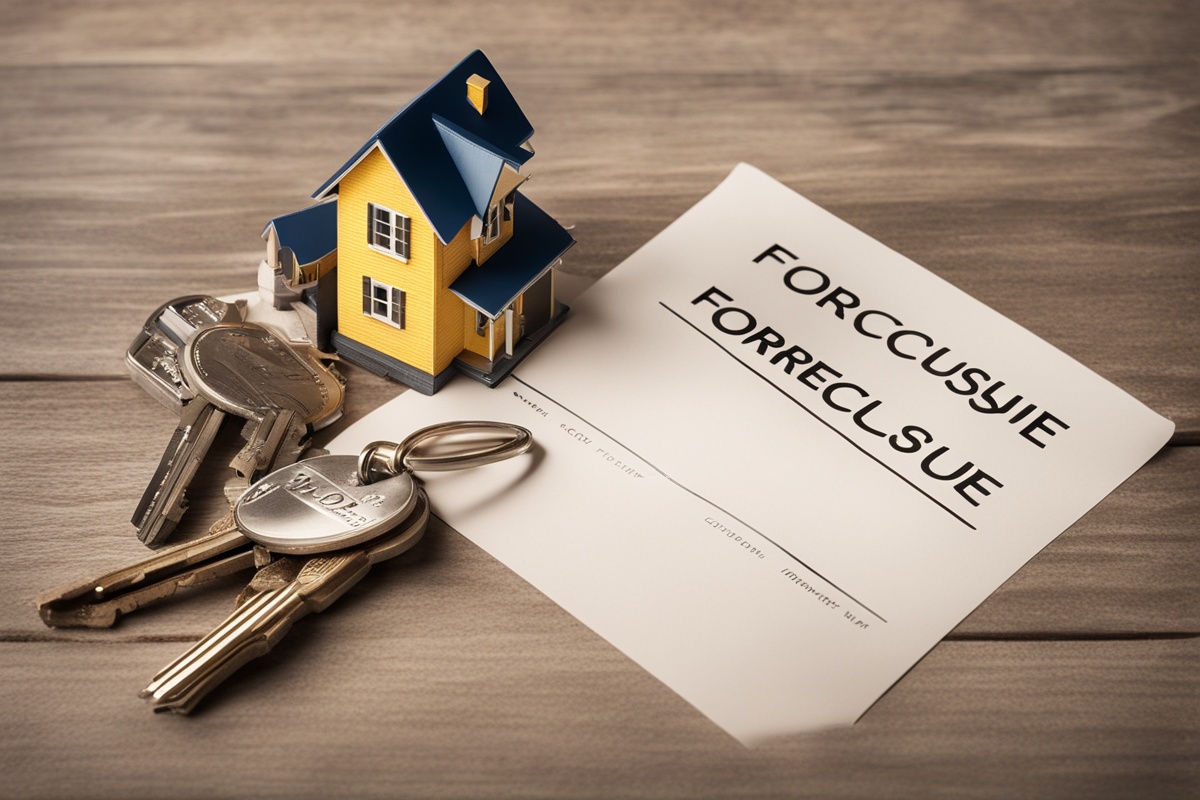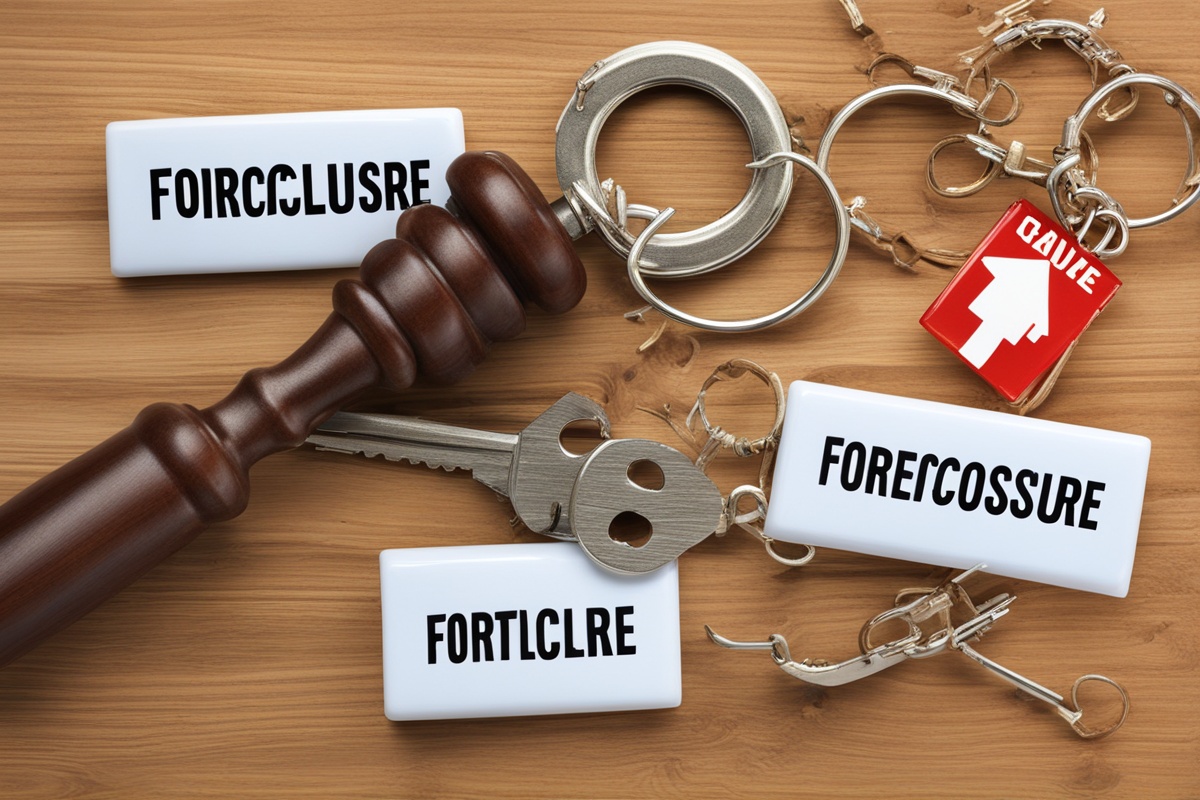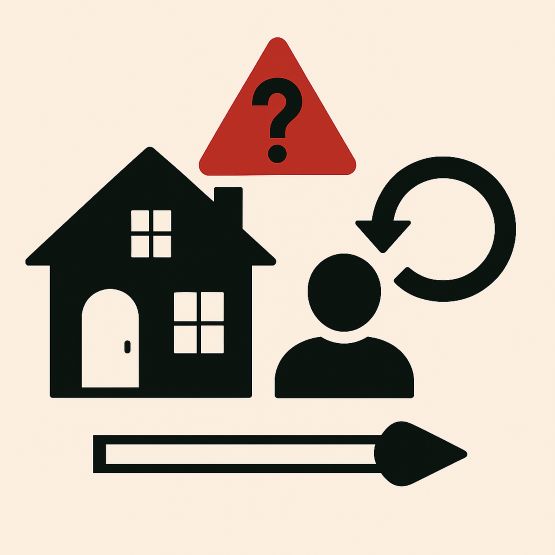Navigating the world of homeownership can be a rewarding yet challenging journey, especially when financial difficulties arise. If you’re facing the possibility of losing your home, understanding foreclosure basics is crucial to making informed decisions. Foreclosure is a legal process where a lender repossesses a property due to missed mortgage payments, but it’s not the only path forward. There are alternatives that could help you keep your home or mitigate the damage to your financial future. In this comprehensive guide, we’ll break down the ins and outs of foreclosure, explore viable alternatives, and provide actionable tips to help you through tough times. Whether you’re a homeowner in distress or simply planning ahead, this post will equip you with the knowledge to tackle these challenges head-on.
What Are Foreclosure Basics? A Clear Overview
Let’s start by demystifying foreclosure basics. At its core, foreclosure is the process by which a lender takes ownership of a property when the borrower fails to meet the terms of their mortgage agreement, typically due to missed payments. This isn’t an overnight event; it often unfolds over several months and involves multiple stages, including pre-foreclosure, auction, and, if unsold, transfer to the lender as a bank-owned property (REO). According to a report by the U.S. Department of Housing and Urban Development (HUD), millions of homeowners face foreclosure risks annually due to economic downturns or personal financial struggles (HUD, 2022).
The impact of foreclosure extends beyond losing a home. It can severely damage your credit score, making it harder to secure loans or housing in the future. Understanding the foreclosure process is the first step to avoiding it. Each state has specific laws governing timelines and homeowner rights, so familiarizing yourself with local regulations is essential (Smith & Johnson, 2019). For instance, some states require a judicial process, while others allow non-judicial foreclosures, which can be faster and leave less room for negotiation.
Why Do Homeowners Face Foreclosure?
Before diving into alternatives, it’s important to understand why homeowners fall into the foreclosure trap. Financial hardship is often the root cause, whether due to job loss, medical emergencies, or unexpected expenses. A study by the Federal Reserve noted that nearly 40% of foreclosures are linked to sudden income loss (Federal Reserve, 2021). Other factors include adjustable-rate mortgages that spike over time, poor financial planning, or overextending on debt.
Beyond personal circumstances, broader economic conditions play a role. During recessions, foreclosure rates often surge as unemployment rises and property values drop, leaving homeowners underwater on their mortgages (Brown, 2020). Recognizing these triggers can help you take proactive steps before the situation spirals out of control. If you’re already behind on payments, don’t wait for a foreclosure notice—acting early can open doors to solutions.
Exploring Alternatives to Foreclosure
Foreclosure isn’t inevitable, even if you’re struggling with mortgage payments. Several alternatives exist that can help you avoid the long-term consequences of losing your home. Let’s walk through some of the most common options for navigating foreclosure basics and finding a better path.
- Loan Modification: This involves working with your lender to adjust the terms of your mortgage, such as lowering the interest rate or extending the loan term, to make payments more manageable. Many lenders offer this under federal programs like HAMP (Home Affordable Modification Program) (HUD, 2022).
- Forbearance Agreement: If your financial hardship is temporary, a forbearance allows you to pause or reduce payments for a set period. Be aware that missed payments often need to be repaid later, so plan accordingly.
- Short Sale: If you owe more on your mortgage than your home is worth, a short sale lets you sell the property for less than the outstanding balance, with the lender’s approval. This can minimize credit damage compared to foreclosure (Miller, 2018).
- Deed in Lieu of Foreclosure: In this scenario, you voluntarily transfer ownership of the property to the lender to avoid the foreclosure process. It’s less damaging to your credit and can sometimes include relocation assistance.
Each of these options requires negotiation with your lender and a clear understanding of your financial situation. Don’t hesitate to seek guidance from a HUD-approved housing counselor to explore what fits your needs (HUD, 2022).
The Pros and Cons of Foreclosure vs. Alternatives
Deciding between allowing a foreclosure to proceed and pursuing an alternative depends on your circumstances. Let’s weigh the advantages and disadvantages to give you a clearer picture of foreclosure basics and their implications.
On one hand, foreclosure might seem like the easiest way out if you’ve exhausted all options. It releases you from the burden of an unaffordable mortgage, and in some cases, you might qualify for a deficiency waiver, meaning the lender won’t pursue you for the remaining balance (Taylor, 2020). However, the downsides are significant: a foreclosure can stay on your credit report for seven years, drastically lowering your score and affecting future borrowing (Federal Reserve, 2021).
Alternatives, while often more complex, offer a chance to mitigate damage. A short sale or deed in lieu can lessen the credit impact, and loan modifications can help you stay in your home. The trade-off is that these solutions require time, effort, and sometimes legal or financial advice to execute properly. Weighing these factors is critical to making the right choice for your future.
Practical Tips to Avoid Foreclosure
If you’re worried about foreclosure, taking action sooner rather than later can make all the difference. Here are some practical strategies to help you steer clear of the foreclosure process and protect your home. These tips tie directly into understanding foreclosure basics and applying them to your situation.
- Contact Your Lender Early: Don’t wait for missed payments to pile up. Reach out as soon as you foresee financial trouble to discuss options like forbearance or modification.
- Budget and Cut Expenses: Review your finances and trim non-essential spending. Redirecting funds to your mortgage can help you catch up on payments.
- Seek Government Assistance: Programs like the Homeowner Assistance Fund (HAF) provide relief for struggling homeowners. Check eligibility through state or federal resources (HUD, 2022).
- Consult a Professional: A housing counselor or financial advisor can offer tailored advice and mediate with your lender to find a solution.
- Explore Refinancing: If your credit is still in good standing, refinancing to a lower interest rate could reduce monthly payments and ease the burden.
Implementing these steps requires discipline, but they can prevent the stress and fallout of foreclosure. Remember, communication with your lender is key—most would rather work with you than repossess your home.
Long-Term Strategies for Financial Stability
Avoiding foreclosure isn’t just about addressing the immediate crisis; it’s also about building a foundation to prevent future risks. Once you’ve navigated the current challenge, consider long-term strategies to ensure financial stability and protect your home. Understanding foreclosure basics means recognizing that prevention is just as important as reaction.
Start by creating an emergency fund to cover at least three to six months of expenses, including mortgage payments. This buffer can be a lifeline during unexpected hardships (Brown, 2020). Additionally, focus on improving your credit score by paying bills on time and reducing debt, as a stronger credit profile gives you better access to favorable loan terms. Finally, educate yourself on mortgage options before signing future agreements—knowing the difference between fixed and adjustable rates can save you from future payment shocks. Staying proactive will keep foreclosure risks at bay.
Wrapping up, it’s clear that grasping foreclosure basics and exploring alternatives can empower you to make the best decision for your situation. Foreclosure is a daunting prospect, but it’s not the end of the road. Whether you pursue a loan modification, short sale, or another solution, taking control early can save your home and financial future. Remember to leverage resources like HUD counselors, government programs, and professional advice to guide you through the process. By staying informed and proactive, you can turn a potential crisis into an opportunity to rebuild stronger. If you’re facing foreclosure or want to prepare for the unexpected, start implementing these strategies today—your peace of mind is worth the effort.
Studies and Surveys on Foreclosure Trends
To underscore the importance of understanding foreclosure basics, let’s look at recent data on foreclosure trends. A 2022 study by ATTOM Data Solutions revealed that foreclosure filings in the U.S. increased by 15% compared to the previous year, with over 300,000 properties affected. This spike was largely attributed to the expiration of pandemic-era moratoriums and rising inflation, which strained household budgets (ATTOM Data Solutions, 2022). The study highlighted that states like Illinois and New Jersey saw the highest rates, often due to prolonged judicial foreclosure processes.
Additionally, a survey conducted by the Mortgage Bankers Association (MBA) in 2023 found that 1 in 5 homeowners facing foreclosure were unaware of alternatives like loan modifications or short sales. This lack of awareness often led to unnecessary property loss, emphasizing the need for education on foreclosure prevention options (MBA, 2023). These findings reinforce why proactive steps and access to reliable information are critical for homeowners in distress.
References
- Brown, A. (2020). Economic impacts on foreclosure rates. Journal of Real Estate Studies, 12(3), 45–60.
- Federal Reserve. (2021). Household financial stability and foreclosure risks. Federal Reserve Economic Report. Retrieved from https://www.federalreserve.gov/reports
- HUD. (2022). Foreclosure prevention resources for homeowners. U.S. Department of Housing and Urban Development. Retrieved from https://www.hud.gov/foreclosure
- Miller, T. (2018). Short sales as an alternative to foreclosure. Real Estate Finance Journal, 9(2), 33–40.
- Smith, R., & Johnson, L. (2019). State variations in foreclosure laws. American Housing Review, 5(1), 18–25.
- Taylor, K. (2020). Deficiency judgments and foreclosure outcomes. Property Law Quarterly, 7(4), 22–30.
- ATTOM Data Solutions. (2022). U.S. foreclosure market report. Retrieved from https://www.attomdata.com/reports
- Mortgage Bankers Association (MBA). (2023). Homeowner awareness of foreclosure alternatives survey. Retrieved from https://www.mba.org/surveys





